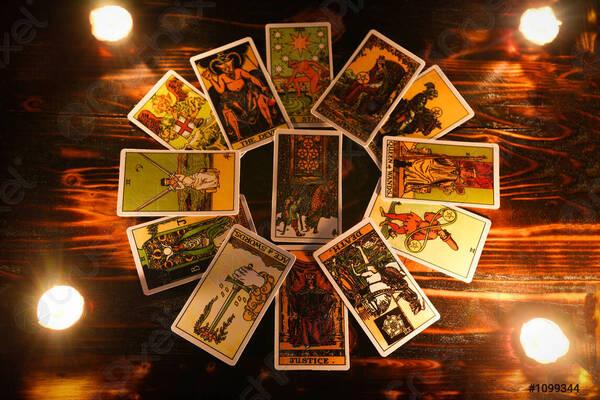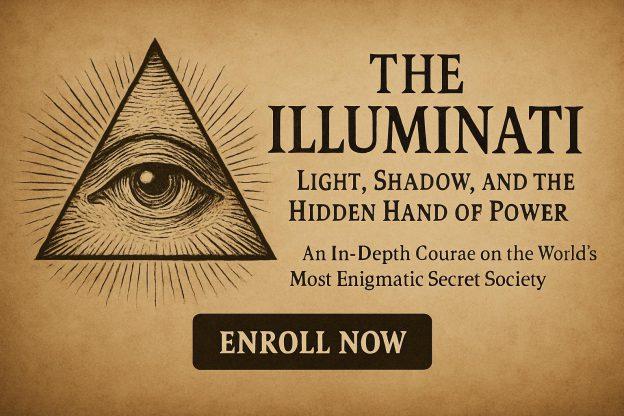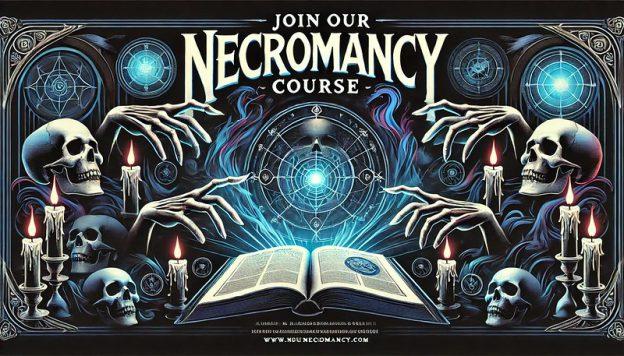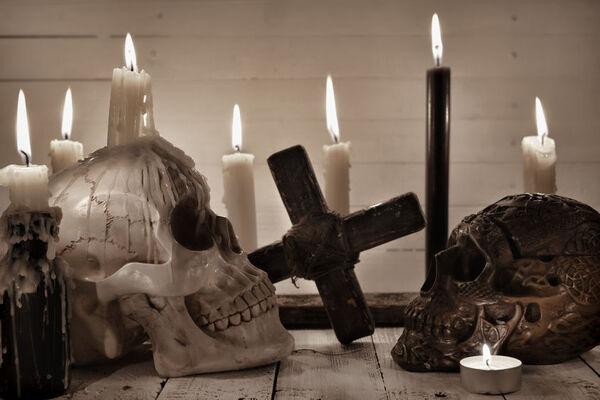Brahe, Tycho
Tycho Brahe (1546–1601)
Danish astronomer, astrologer, and alchemist
Tycho Brahe, born Tyge Ottesen Brahe on December 14, 1546, at Knutsstorp Castle in Skåne (then part of Denmark, now Sweden), was one of the most influential astronomers of the late Renaissance. While best remembered for his precise astronomical observations that paved the way for Kepler’s heliocentric model, Brahe was also deeply involved in alchemy, astrology, and magical philosophy.
Early Life and Education
Tycho was born into Danish nobility. By prior arrangement, his father had promised to entrust the child to his uncle, Jørgen Brahe, but reneged — leading to Tycho’s abduction by the uncle, who raised him as his heir.
Though his guardian intended him for a career in law, Brahe’s destiny changed at age 13 when, as a student at the University of Copenhagen, he witnessed a partial eclipse of the Sun. Captivated by the celestial event, he secretly began studying astronomy and mathematics, contrary to his family’s wishes.
At 16, he was sent to Leipzig University to study law but continued his night-time sky observations. His passion for astronomy intensified after he noted the inaccuracy of existing star charts, which inspired him to improve astronomical instruments for more exact measurements.
The Duel and the Golden Nose
In 1566, while studying at Rostock, Tycho engaged in a duel with another student over a mathematical dispute. The confrontation left him with the loss of part of his nose, which he replaced with a prosthetic plate of gold and silver — secured with a paste or wax mixture. This distinctive “metal nose” became one of his trademarks and added to his reputation as a somewhat eccentric magus.
Astronomical and Alchemical Achievements
In 1572, Brahe observed a nova (new star) in the constellation Cassiopeia — an event that challenged the Aristotelian belief in an immutable heavens. His precise measurements of the nova’s position confirmed that it was far beyond the Moon, thereby revolutionising astronomy.
To honour his genius and keep him in Denmark, King Frederick II granted Brahe the island of Hveen (Ven), where he built his magnificent observatory and alchemical laboratory complex, Uraniborg (“Castle of the Heavens”), followed later by a second observatory, Stjerneborg.
At Uraniborg, Brahe combined astronomy, astrology, and alchemy under one roof. His experiments extended to medicinal chemistry, the preparation of tinctures, and the study of celestial correspondences following Paracelsian principles. His work reflects the Renaissance conviction that the heavens, metals, and human body were harmoniously linked — an idea central to both alchemy and magic.
Astrology and Magical Calendars
While employed as Imperial Astronomer to Holy Roman Emperor Rudolf II in Prague, Brahe produced numerous astrological charts and prognostications, some of which gained wide circulation.
He compiled a calendar of extremely unlucky days, warning that on these days “no enterprise should be undertaken.” This calendar reflects his belief in the interplay of planetary influences upon earthly affairs — a view shared by many alchemist-astrologers of his era.
The unlucky days are recorded as follows:
January: 1, 2, 4, 6
February: 17
March: 1, 4, 14, 15
April: 10, 17, 18
May: 7, 15, 18
June: 6
July: 11, 12, 17, 19, 21
August: 2, 10
September: 1
October: 6
November: 16, 18
December: 6, 11, 18
Another work, The Magical Calendar of Tycho Brahe, is a mystical diagram of cosmic correspondences, incorporating planetary symbols, alchemical sigils, and angelic seals. It was engraved by Theodor de Bry, who collaborated with Robert Fludd, Michael Maier, and other esoteric thinkers connected with the Rosicrucian movement.
The calendar was later praised by Éliphas Lévi as “one of the most profound occult documents of the seventeenth century,” for it sought to unify the Kabbalistic, alchemical, and astrological views of the universe.
Later Life and Death
After the death of King Frederick II in 1588, Tycho fell out of royal favour with the new monarch, Christian IV, and in 1597 he left Denmark. He travelled across Europe before settling in Prague, where Emperor Rudolf II, a patron of the occult and sciences alike, appointed him Imperial Mathematician.
There, Tycho employed Johannes Kepler, who later used Brahe’s meticulous observational data to establish the heliocentric model of planetary motion.
On October 13, 1601, Brahe attended a banquet hosted by Baron Peter Vok von Rosenberg. Out of courtly etiquette, he refrained from relieving himself despite discomfort. He subsequently developed a bladder infection, leading to his death on October 24, 1601. He was buried with noble honours in Prague’s Church of Our Lady before Týn.
Legacy
Tycho Brahe’s legacy straddles science and the occult. In astronomy, his data enabled the shift from geocentrism to heliocentrism; in esoteric tradition, he remains an emblem of the Renaissance magus, uniting empirical observation with alchemical symbolism.
His Magical Calendar continues to intrigue scholars and occultists as a synthesis of celestial order and hermetic mysticism — a bridge between heaven and earth.
SEE ALSO:
SOURCE:
The Encyclopedia of Magic and Alchemy Written by Rosemary Ellen Guiley Copyright © 2006 by Visionary Living, Inc.










